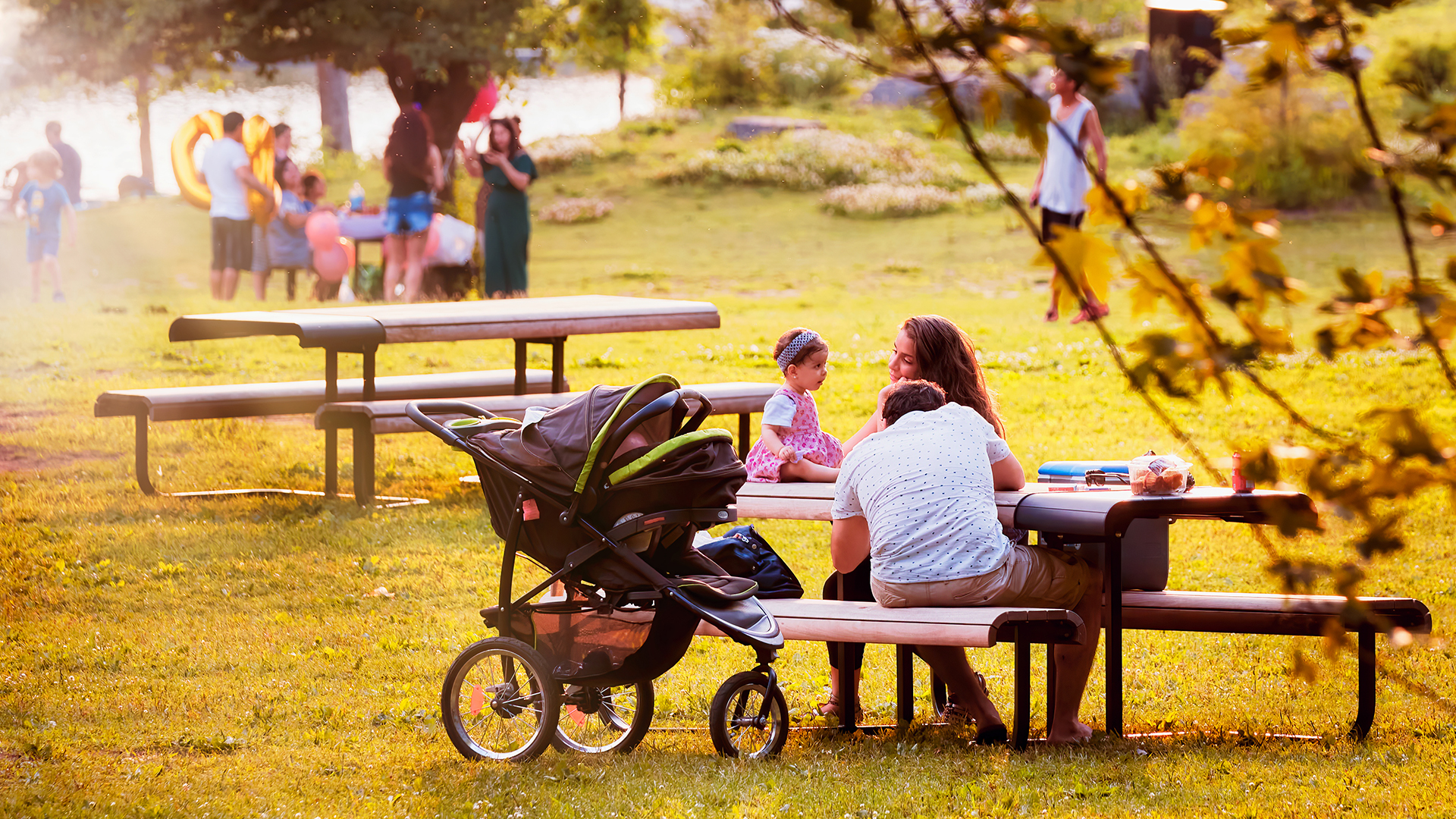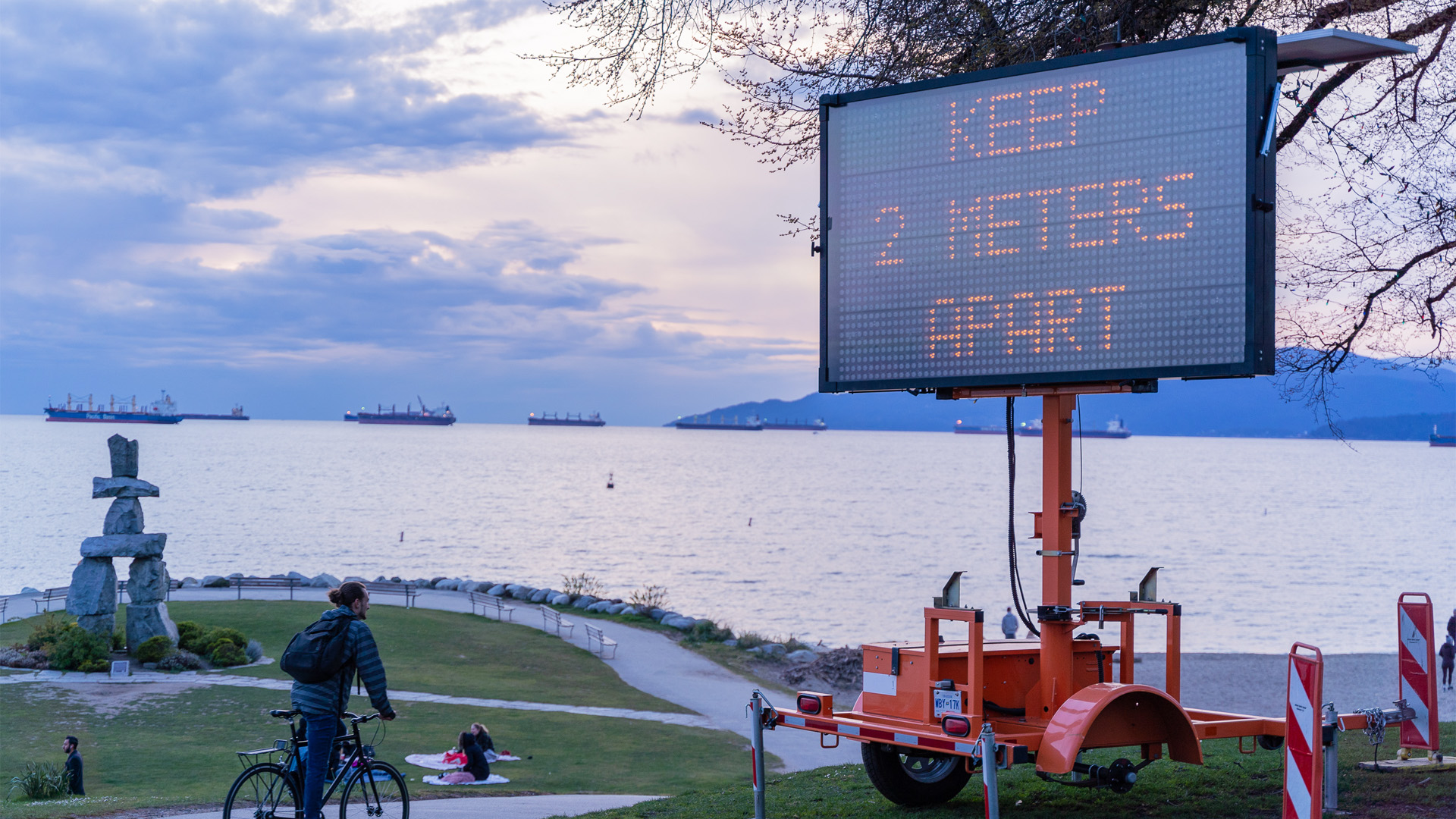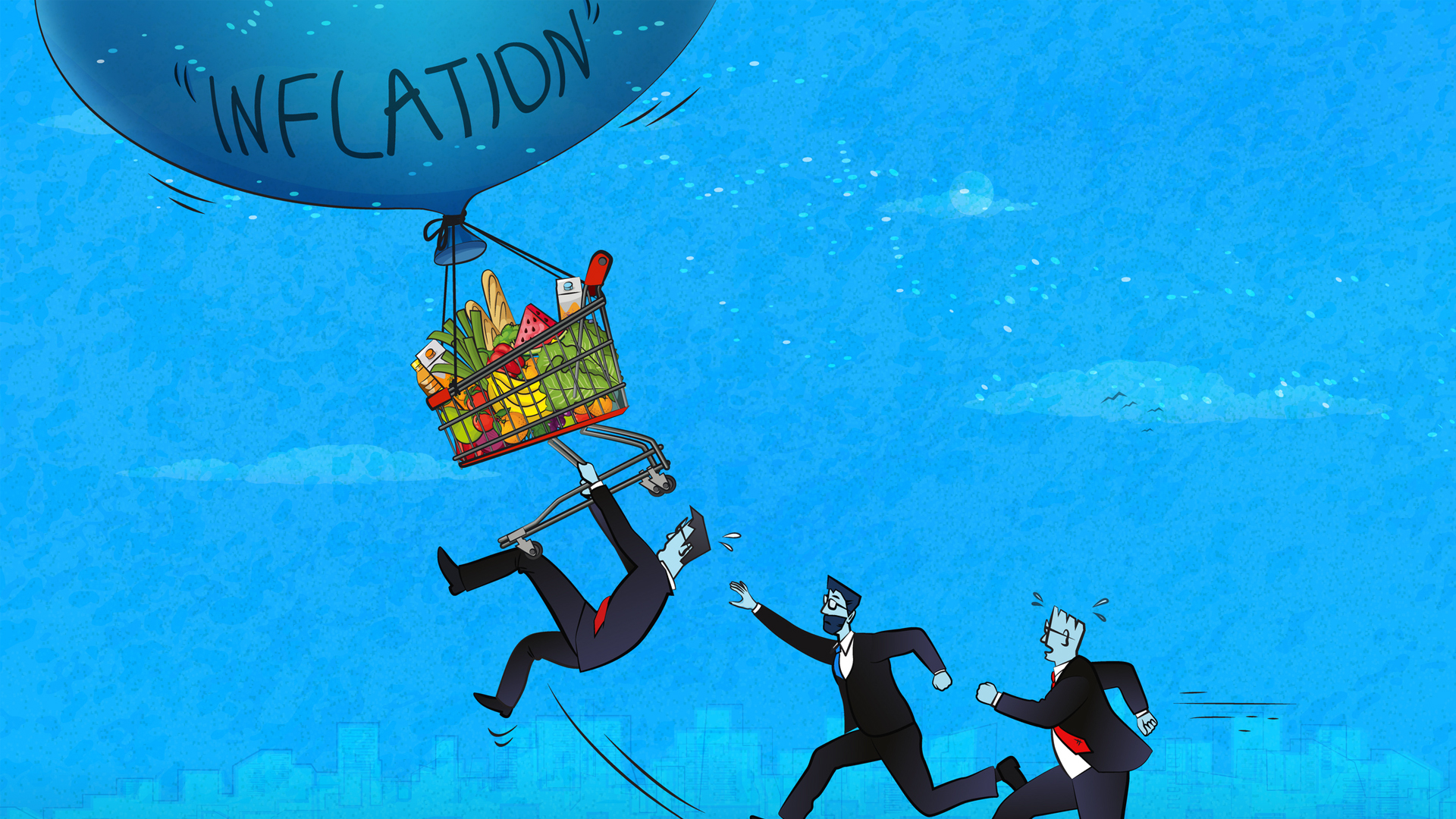
Contemporary city planning, as we know it, was born out of a necessity to address communicable diseases. New York invested in an aqueduct to bring fresh water from Westchester after a cholera outbreak from 1842 to 1916, according to Karen Lee. Central Park was considered a “ventilation for the working man’s lungs,” so a department was built to focus on sanitation. The subway connected communities as housing built outward. New York also banned the construction of dark, airless residential buildings and adopted a zoning code that mandated appropriate building setbacks to ensure light and air met the street, to prevent further spread of cholera.
Over the past year, cities have faced a similar obstacle during the COVID-19 pandemic. The issue and responses, however, have been framed quite differently by municipal governments, city planners and residents.
Two important priorities have seemed to intersect among municipalities, city planners and residents – a desire for good planning and social cohesion.
The value of planning
The pandemic’s onset thrust issues that planners perennially grapple with to the forefront. For example, access to housing and shelter, groceries and other amenities, public space, green space, balconies, rooftops and arts and culture were top-of-mind for municipalities, planners and many residents. Many of these urban features were largely accessible to those with wealth and privilege, but difficult to get for those living on tight budgets.
During the pandemic, the value of planning became even more important. Neighbourhood composition and location played a role in access to amenities and services. For some, exacerbated social isolation impacted their ability to adequately physically distance. Vibrancy of our main streets declined as businesses shuttered. Fears and anxieties reduced use of public services like transit.
The importance of public space, urban design and planning were thus highlighted as necessary priorities for a post-pandemic city. Woven together with the imperative for equity and justice, as identified by a policy platform called PHEAL to “foster an environment of synergy with the purpose of empowering and elevating the voices of historically overburdened communities,” city planners have a unique opportunity to bring to life their decades-long visions for connected, livable and inclusive cities.
The value of social cohesion
Physical and social distancing policies had many unintended consequences at the expense of protecting our public health. They revealed economic, racial, geographic and health-care inequalities in unseen and poignant ways that were excused under the now infamous “unprecedented times” catchphrase.
A city is like an ever-changing puzzle. Planners must now work with another piece of that puzzle: social cohesion. Cities can take the lead by focusing on three things: places, events and symbols.
They can enable places where more people live together, where people come to terms with the need for new built forms that transcend the exclusionary single-detached house and the unaffordable skyscraper.
They can enable places for public life, citizen assemblies, everyday interactions, street food, exposure to strangers, romance and exhilaration, as well as promote events that celebrate life and differences and remind us about those who cohabit our city. They can encourage accessible events for people with all levels of income to enjoy festivals, art, music, education, culture and exploration.
They can also create new symbols that can represent examples of social cohesion, like recognizing neighbours who organize events and care for each other, building monuments to our essential workers and changing the way we name our places while bringing art to every corner. A post-pandemic city is one that consciously remediates its social inequities.
Converging interests present opportunities
The way in which cities, planners and residents understood and interpreted the issues – what we refer to as their “frame”– presented during the pandemic determined their response to them. These responses required a variety of trade-offs, which we believe need to be addressed in a post-pandemic city. These are new opportunities waiting to be grasped and implemented. The vantage point of cities, planners and residents on the pandemic and resulting opportunities are discussed in detail below.
City frame
To reduce the spread of COVID-19, municipalities began to adopt “social distancing” (later physical distancing) requirements that people make a conscious effort to keep at least two metres between one another. CityWatch, an interactive platform developed by the Canadian Urban Institute, tracked emergency response measures put in place by local governments across Canada.
One perspective that emerged as one of the loudest at the onset of the pandemic was the need for municipalities to support businesses and economic recovery (see Table 1). Cities relaxed their bylaws and other requirements to quickly enable businesses to set up patios while creating grant programs to support them with pandemic adaptations. Critics argued, however, that these rapid responses revealed a particular inequity for under-represented community members, as policy-makers were quick to prioritize resources through a narrow economic-recovery lens.
The attention to economic development seemingly came at the expense of other important services, like public transit. These reduced services disproportionately affected those in lower-income brackets or those working on the front lines. While revised responses did occur, such as strategically supplying transit service along critical routes to support access to employment, they emerged only after alternate voices and perspectives helped to amplify the issue.
These tradeoffs offer opportunities for new business models and licences that can adapt to new consumer behaviours learned through the pandemic, opportunities to increase the tax base and service efficiency by pushing for compact and affordable urban forms, and opportunities for post-pandemic celebrations and memorials to mark the beginning of a new era (see Table 1)
Planning frame
City planners were quick to put forward ideas about cities during and after the pandemic. Some planners saw the pandemic as having elevated the importance of cities (see Table 2) – designed and built with ample green space and active transportation options – and around the world, we saw notions of a “15-minute city” gaining popularity.
Others cautioned against this rosy narrative saying there has been very real trauma.
Here’s what can be done in response to those concerns: wider sidewalks and the closure of some streets can be implemented to ensure appropriate physical distancing; vacant or underutilized spaces can be converted into shelter, where those experiencing homelessness can adequately distance themselves, as seen in Edmonton.
New opportunities are emerging for designing and enabling inclusive places and processes for people of all backgrounds to come together and for creating systemic change through equity-based policy reform, which may include the implementation of GBA+ and equity lenses in regulatory policy-making.
Resident frame
Even with physical distancing measures in effect, people across the nation found ways to connect. In Vancouver, neighbours could be heard applauding in unison — showing their gratitude to their city’s health-care workers, as one shift transitioned into the next (see Table 3). In Winnipeg, residents installed various forms of art in their windows to buoy the spirits of others while out for a stroll. In Edmonton, community groups facilitated connections between neighbours stuck indoors with those willing to check in regularly with them, to drop off groceries or run other errands. Residents called for open streets, spaces where they could step out from inside. They critiqued how resources were quickly doled out by governments to expedite support for businesses, commenting on the irony of these spaces as being largely inaccessible to people based on their level of wealth.
Inequalities across people and places were on full display, with many unable to adequately physically distance themselves or access important amenities and services. Pandemic fatigue contributed to mental health issues and the breaking of public health rules. All these traumatic and dividing experiences bring the opportunity to think of ways governments can support collective and individual healing by funding public mental health services and intercultural exchanges. As simple as it was to distance ourselves by two meters, we now have to finance new ways to bring us closer together.
A city to co-exist, where no one is left behind, where we can all heal
While there are many questions left unanswered, one thing is certain: we have the time now to pause and be introspective.
Every city is as different as are the people who live in it. Understanding that the collective trauma of the pandemic does not represent, by any means, the individual trauma of others is the first step to creating some solutions that are collective and others that are tailored.
City planning will start entering a path of transcending its practice by empowering the public with new ways to build and transform their cities. The policy-maker’s role will shift to creating understanding between communities, a beacon of interconnectedness.
A city where the individual and the collective coexist, a city where no one is left behind, a city where we all can heal – that is the post-pandemic city.
This article is part of the Reshaping Canada’s Cities After the Pandemic Shockwave special feature.










